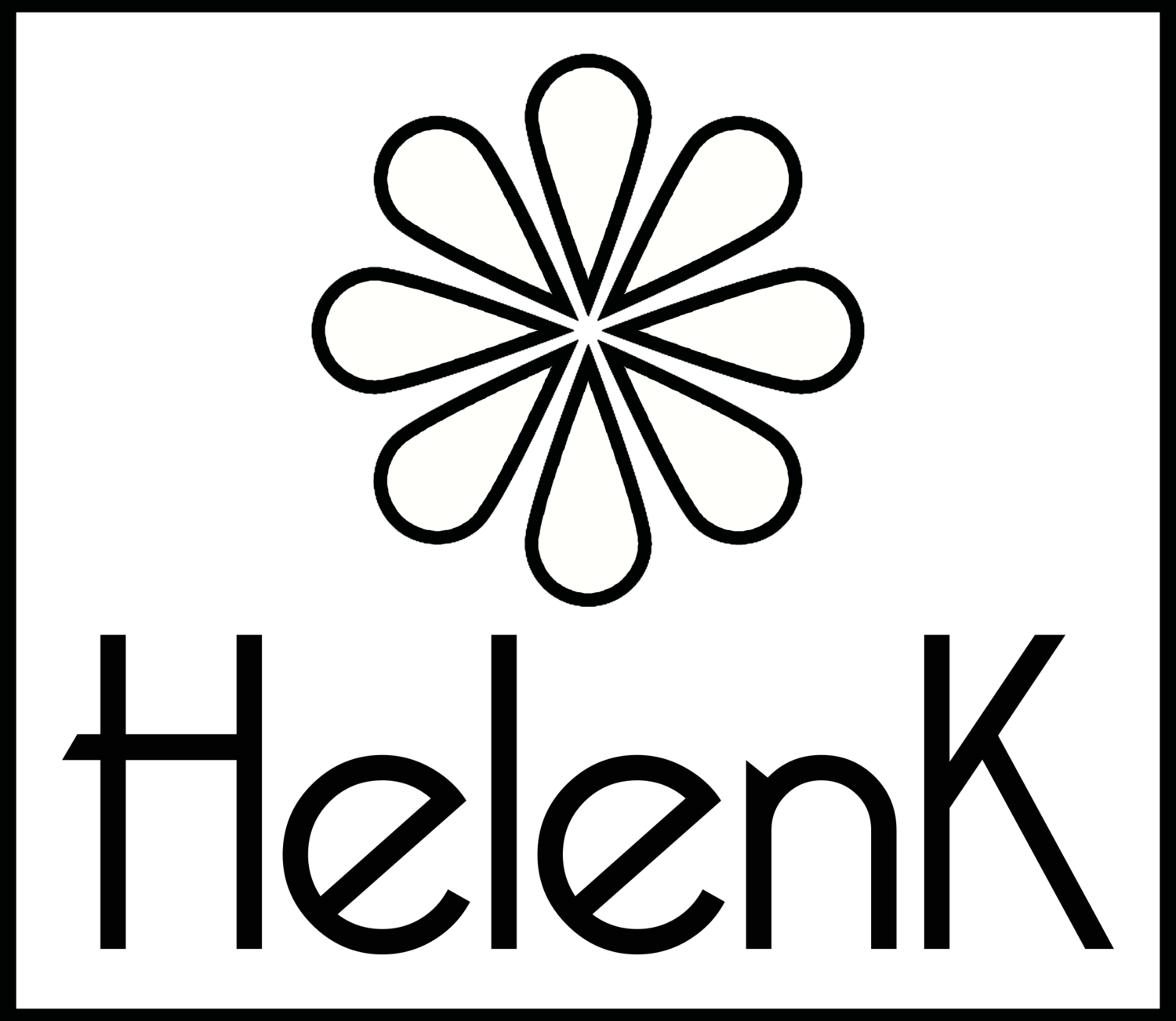What Feng Shui is NOT:
There are many misconceptions regarding Feng Shui, which is the result of the westernized versions developed in the 1970s and 1980s (Black Hat Sect Tantric Buddhist, Western, Modern Compass, Pyramid, etc), which most people have been introduced to through books, TV, and magazine articles. These are commercialized “schools” that were developed to make Feng Shui, a highly technical and complex system, accessible to the masses. These inaccurate versions are also steeped in superstition and clouded in New Age gimmickry for the gullible and eccentric.
In classical Feng Shui there is no Life Aspiration Bagua. There are no talisman “cures” such as mirrors, crystals, bamboo flutes, red ribbons or statues of fu dogs, frogs, cats, etc. Hanging bells in your door will NOT ring in joy and happiness. These superstitious and cultural practices can be compared to carrying a rabbit’s foot or throwing salt over your shoulder.
What Feng Shui IS:
Feng Shui literally translates to “wind” & “water”…the two natural elements by which “ch’i” or “life force” is transported.
Authentic Feng Shui is an ancient practice which was first developed 6,000 years ago by the Neolithic Chinese based on their observations of the natural world. This became a sophisticated, well-honed tradition by the time of the Tang dynasty (618-907 C.E.). It is based on the Yin-Yang (taiji) principle of a balanced, perpetual cycle of life observable in the natural world. Traditional Feng Shui incorporates the tenets of time (planetary movement) and place (earth’s magnetic field) interacting with human and other life forces. The purpose of Feng Shui is to bring the built environment into a more natural balance that will support the people who dwell in those environments. This provides greater opportunity for good health, productivity, prosperity, and helpful relationships. ONLY the Five Phases/Elements of Ch’i are used to assist in attaining this balance: Wood, Fire, Earth, Metal and Water. These are implemented after a complex system of calculations reveal where and what the imbalances are within a building. It can also be applied on a smaller (micro) or larger (macro) scale…from a desktop all the way up to the globe.


